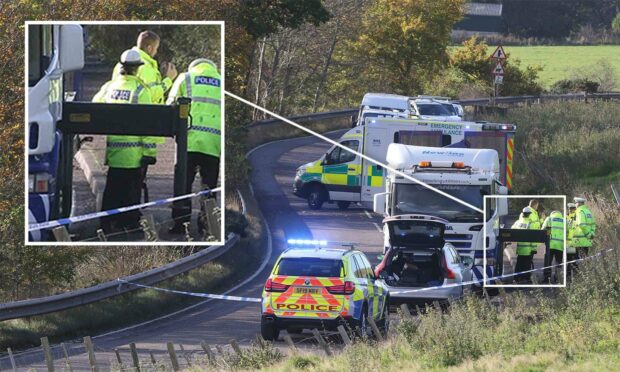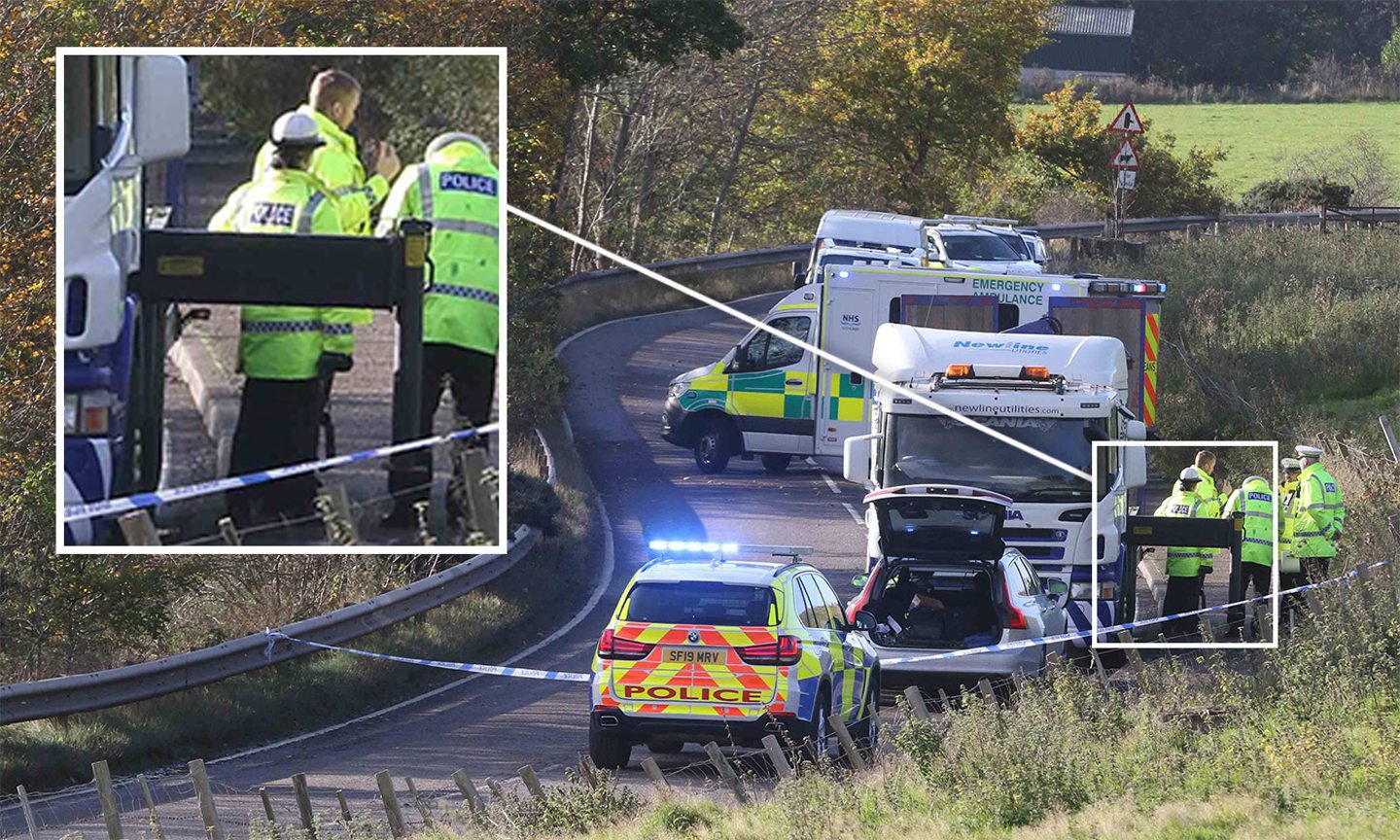Parts of a lorry that was involved in a collision that killed a nursery teacher on the A82 were “not maintained to a high standard” a court has heard.
The 14-year-old vehicle was being driven by John O’Donnell, 52, when an extended lorry loader stabiliser leg fatally struck Chloe Morrison as she walked on a pavement near Drumnadrochit.
O’Donnell, from Inverurie, is being tried at the High Court in Inverness accused of causing the 26-year-old’s death by dangerous driving.
On the second day of evidence, jurors heard from a former field service team leader from the lorry loader’s manufacturer, who carried out an inspection of the unit following the incident.
Douglas Potter, from the crane manufacturer Palfinger, told the court that the nearside stabiliser was “all working as it should be” when he inspected it following the incident.
Under cross-examination, however, he conceded that the unit was “certainly not maintained to a high standard”, a fact that was evidenced by the leg of the unit on the opposite side of the lorry, which had suffered a collapsed bearing making it hard to extend without effort.
He also agreed with a defence suggestion that unlocked legs could be caused to shift by negotiating turns.
Henry Mackie, a DVSA inspector who examined the vehicle following the collision, said that the vehicle was generally in “not too bad condition” but said it did have “a number of defects that would have been MOT failures at the time”.
It has been accepted that O’Donnell knocked down and killed Ms Morrison as she was walking with her mother on a pavement outside Drumnadrochit after one of his lorry’s stabiliser legs became extended.
Ms Morrison was struck on the back and died from multiple injuries on October 25 2019 after being thrown 35 metres in front of the lorry, which then ran over her leg.
But O’Donnell denies driving dangerously by repeatedly failing to check the outrigger legs were secure before and during his journey from Skye to Oldmeldrum.
It is also alleged one of the legs was “protruding” and almost hit someone on the A82 at Drumnadrochit before Ms Morrison was struck.
Former colleague gave evidence
Earlier today an experienced lorry driver told the jury there was no reason why O’Donnell should not have driven the vehicle because he had not been trained to use its crane.
Jamie Campbell, who previously worked with O’Donnell, said that a video of O’Donnell checking the lorry the day before when he commenced his journey to the Isle of Skye showed “he did a proper thorough check”.
He conceded that no physical inspection had been made of the outriggers and it may have just been a visual one.
Mr Cambell agreed with defence QC Tony Graham that yellow warning signs which were displayed at different times during a three-stage locking or unlocking process were “similar shape and size” and roughly in the same position.
He accepted an untrained eye could miss the distinction.
However, he admitted to advocate depute David Dickson that the shades of yellow were different.
The jury were also told that the lorry Mr O’Donnell used was of an older type which, unlike more modern vehicles, had no other visual or audible warnings in the cab or an immobiliser to stop the vehicle moving when unsafe to do so.
The trial, before Lord Stuart, continues.


